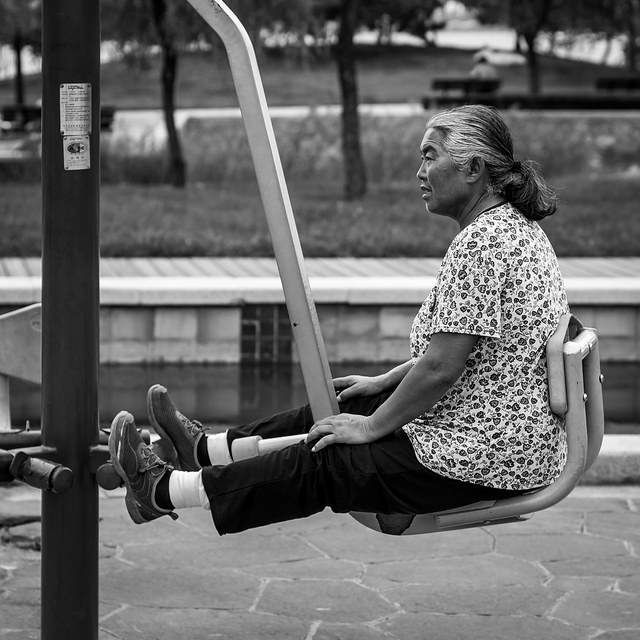Encouraging deeper body awareness is an important part of many holistic body-oriented practices. Indeed, in one research study1, researchers who interviewed many different kinds of practitioners concluded that body awareness is a common ground of mind/body therapies, a key element or mechanism of their action.
Body awareness includes your conscious experience of body sensations, movement, and breathing, but is more than that. In contrast to the belief that thinking is the seat of the self, deepening body awareness leads to an experience that the body is part of the self, a center of experience, meaningful. Self-awareness includes body awareness: “I am a body” rather than “I have a body.” Whether we feel centered or stressed, this is a state of the body as well as the mind. As James Kepner2 put it: “What happens to us as persons happens to us in physical ways as much as in psychological ways. We live not only through our thinking and imagining, but also through moving, posturing, sensing, expressing.” Feeling healthy, we have bodily feelings of pleasure in the body, being alive, whole, solid, feeling sensation. Feeling healthy presupposes relaxed movement and full respiration. If we feel stressed, anxious, or alienated, we may deaden body sensation, or react negatively to sensations, or may limit respiration or movement. Deeper awareness of the body and integrating body awareness with other aspects of self awareness leads to a broader, deeper sense of self and the possibility of a deeper level of healing.
Here is an exercise from James Kepner2 to illustrate mind/body interrelationship:
1) Sit comfortably. Notice your breathing without trying to control it in any way. Attend to your body experience. What are your first sensations? What tensions do you feel? Where? How are you breathing: fast, slow, deep? What is your posture?
2) Make statements to yourself about what you are noticing. For example, “Right now I notice my arms are weak.” “Right now I notice my shoulder feels tense.”
3) Make statements to yourself about what you are noticing, but say “I am” rather than “I notice.” For example, “I am weak in my arms,” “I am tensing my shoulder.” What do you notice with this change in language?
1. Mehling et al. Body Awareness: a phenomenological inquiry into the common ground of mind-body therapies. Philosophy, Ethics, and Humanities in Medicine, 2011, vol. 6. http://www.peh-med.com/content/6/1/6
2. Kepner, James. Body Process: A Gestalt approach to working with the body in psychotherapy. Jossey Bass, 1993.
Photo: Sophia Delacroix / CC BY 2.0

Paula Derry, PhD, LMT, is a bodywork practitioner at Ruscombe. She combines Shiatsu, a touch therapy based in Chinese medicine, with other holistic therapies to promote stress management, wellness, mind/body/spirit interconnectedness, and to support recovery from illness. She was for many years a research health psychologist. Visit her website..

